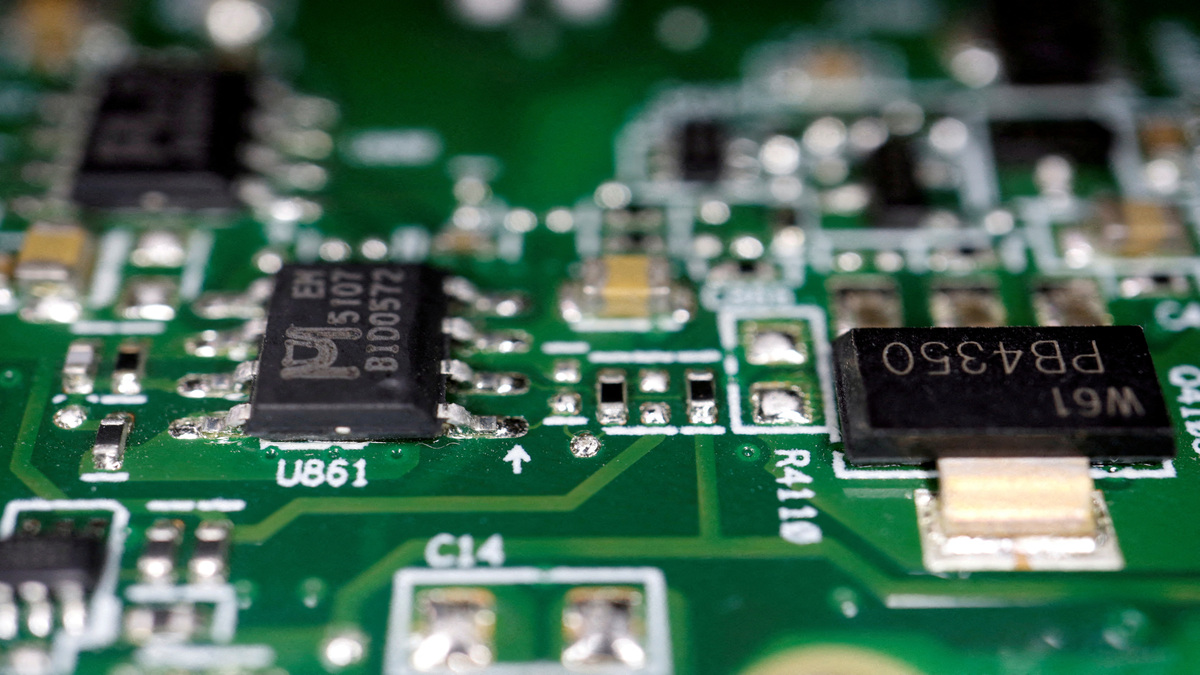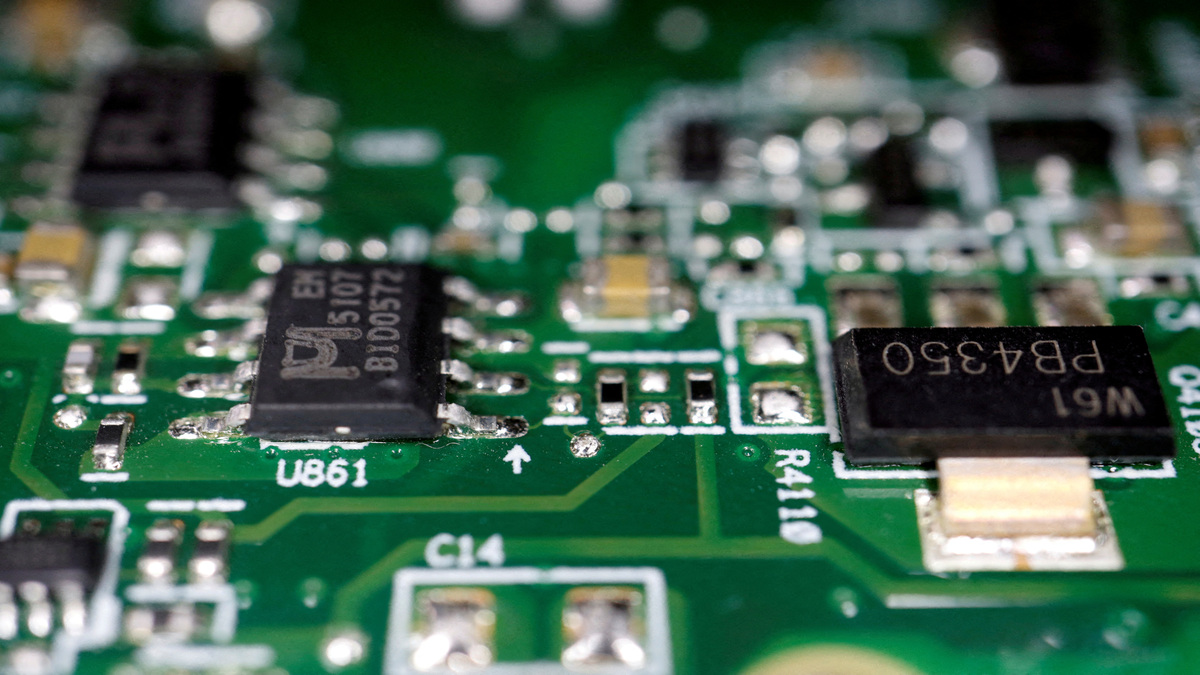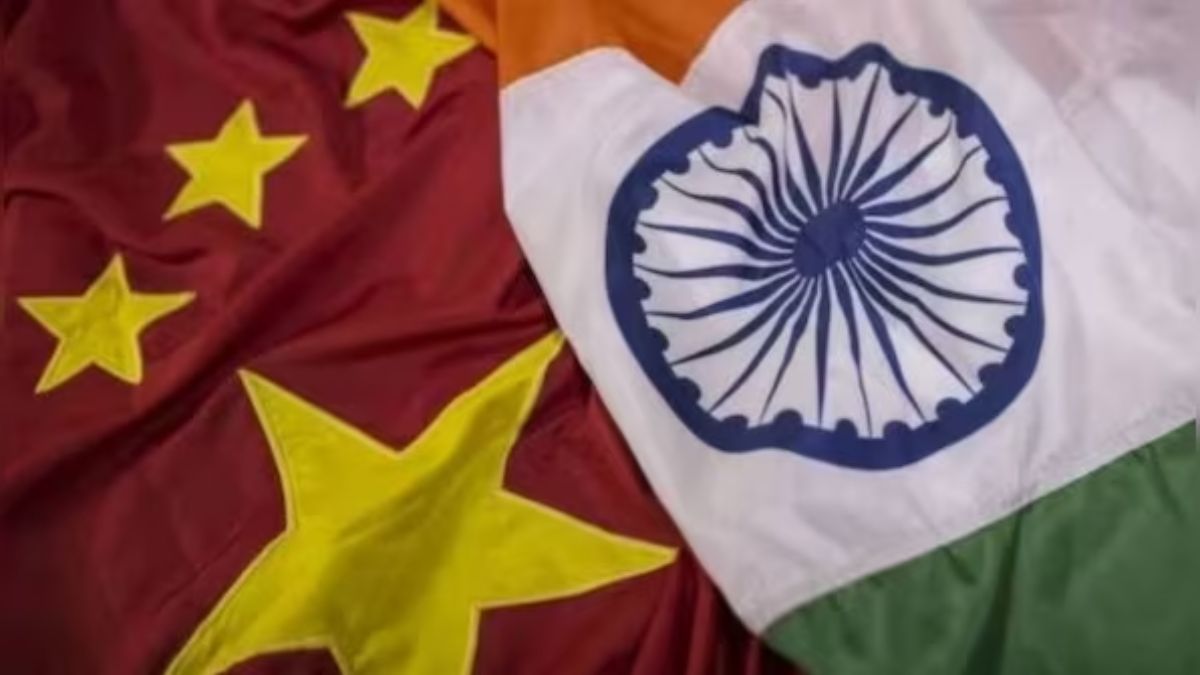Godhra is the place where Sardar Vallabhbhai Patel met Mahatma Gandhi for the very first time in 1917 and felt drawn to the struggle for Indian independence. But Godhra isn’t studied about in textbooks through grainy pictures and red-letter events from modern history. It is recalled through newspaper headlines and television visuals of human screams, brutal violence and flames lit neither for warmth nor for light. History has left history shamefaced.
On the morning of 27 February 2002, the Ahmedabad-bound Sabarmati Express made a halt at Godhra station. As it began inching away, the chain was pulled by someone and a mob attacked its maroon coaches. 59 passengers, pilgrims and ramsevaks returning from Ayodhya, were killed. Shortly after, riots broke out in Gujarat. Today, 15 years after the riots broke loose, and less than two weeks before the state of Gujarat goes to the polls, Firstpost reached Godhra to find out what its people feel, and want.
“Past toh chala gaya, abhi future kyon kharab karne ka? (Now that the past is behind us, why spoil our future?)” asks Madina Sheikh, who lost thirteen members of her family in the 2002 riots. Then in her thirties, all Madina was left with was a burnt home, the scene of her husband being killed and four little children who clung on to her for comfort and safety. Then began an ebb and flow of journalists and social researchers and activists, all frenzied fact finders who turned her life into another case study of the failure of the state.
For the first couple of years after the incident, she kept talking about it in the hope that somebody would financially support her family. She now lives with her grown sons and their wives and her daughters in Kasimabad, in a cluster of 150 homes for riot survivors, on the outskirts of Godhra. She took up odd jobs to ensure that her twin daughters Akila and Shakila don’t suffer the same helplessness. The two are now 21 and hold BSc degrees from the Sheth PT Arts & Science College, Godhra. One specialised in chemistry and the other in microbiology. Today, they work at a pharmaceutical company close by. “It was not easy for us to study. The discrimination in education should be reduced. Our mother worked very hard to make us independent,” said Shakila.
At the age of 17, they had approached Professor JS Bandukwala to seek financial aid to pursue their higher education, around Rs 1,300 for six months plus more for books. A retired professor of Physics at MS University, Baroda, Prof Bandukwala set up the Zidni Ilma Charitable Trust in 2006. The charitable trust grants scholarships to deserving students for pursuing undergraduate, postgraduate studies in the fields of medicine, engineering, science and technology, and management. “This year, we collected up to Rs 62 lakh and helped 474 students, out of which 170 were girls. Empowering children with education is much more important than engaging in politics,” said Prof Bandukwala, whose house has been attacked four times because he insists on living in a Hindu colony despite being a known Muslim figure.
MK Chisty, chairman, Minority Fin & Development Corporation, Government of Gujarat, shared a document with Firstpost that states that the pre-matriculation scholarship scheme was supposed to be implemented for Minority students from the year 2007-2008. Under this scheme, 100 percent share is borne by the Ministry of Minority Affairs. But Government of Gujarat implemented this scheme from 2013-2014. Under this scheme, minority students who are studying in standards 1 to 10 are given Rs 500 admission fee, Rs 3,500 tuition fee and Rs 1,000 to Rs 6,000 as maintenance allowance. The annual income limit for this scheme is Rs 1 lakh.
Feroze Khan Pathan is the principal-in charge at the Navrachna Primary School in Godhra where most students are Muslims. “It is a good scheme but the problem is that the parents are illiterate. The application form became an online one in 2015 and Aadhaar cards and bank account details are now mandatory. If something is wrong with the child’s details, an SMS is sent,” he said, adding that some parents can’t even sign their own name, and thus don’t end up availing benefits.
Even today, it’s rare to find an English medium school in a Muslim neighbourhood, feels Pathan. And Muslims, unless in the bureaucracy, live mostly in Muslim neighbourhoods. Prof Bandukwala feels that the polarisation of society led to the ghettoisation of Muslims across cities in Gujarat, be it Rajkot, Ahmedabad or Surat. He gave the example of nearly 50,000 Muslims who live in Tandlaja, Vadodara. The cricketing Pathan brothers also live here. You’ll find houses over Rs 10 crore in the vicinity of homes where several siblings elbow for space.
“Muslims and Hindus need to start living together. Otherwise, our society will become like South Africa before Nelson Mandela or America before Martin Luther King Jr. I’ve paid the price for this polarisation. My house has been attacked four times and the last attempt, in 2002, was made to kill me,” said Prof Bandukwala, who also shared that his daughter is happily married to a Hindu. “My students give me a lot of respect but had I been just another Muslim and not their professor, who knows? They would have just wanted to kick me,” he said, explaining that the psyche of otherness is furthered by physical, regional separation.
In Godhra too, there are Muslim pockets like Saatpul Bazar, Polan Bazar and Rani Masjid. Its nearly 52 percent Muslims live in the west and Hindus live in the east. “There is communal harmony in Godhra. Even at midnight, our women can go over to the Hindu side. It is safer than Delhi,” said Mohsin Patel, a young businessman. He narrated the story of how nearly fifty girls turned down his Christian friend’s marriage proposal because who wants to settle in Godhra. Muslims marry within their families but Hindus face this problem. When the image of a place is maligned, its people suffer. When General Motors shut down in Halol (50 minutes from Godhra) two years ago, many were left unemployed. “Recently, small-scale companies are also shutting down because of the new Goods and Services Tax, because people here are illiterate and won’t understand what such procedures mean,” alleged Mohsin.
On the streets, we interacted with young boys who were hard at work. Imran says GST has affected his ‘lakdi ka dhanda’ and even earning Rs 50 to Rs 100 a day is a challenge for him now. Hidden behind tall piles of wood was a tiny dandiya and rolling pin manufacturing unit, where raw wood is chiselled into dandiyas and then splashed with festive colours. Young boys sit long hours in a room covered in saw dust to turn wood into these items, and the profit on each is 50 paisa. Faizaan, a teenager, works from noon to night and gets paid Rs 250 per week. He says he often asks himself if this is his age to work. Kazmi Ashfaak, who is pursuing his Master of Arts degree, works as a bike mechanic to support his college fees, which was Rs 2,000 till three years ago and is now Rs 5,000. One book costs up to Rs 120 and there are seven such books in each semester. He works to support his education. Shravan Singh Omkar Singh Rathod, a young Sikh from Godhra, said that the main problem in Godhra is that of employment because no company wants to invest here and that is why young men like him are taking up odd jobs instead of progressing.
As stated in the district-wise skill gap study for Gujarat (2012-17, 2017-22) by the National Skill Development Cooperation, the analysis of population distribution in the Panchmahal district as per 2001 census indicates higher human resource potential in the talukas of Godhra, Shehera, Lunawada and Santrampur. Education attainment levels in the district, as mentioned in the report, are lower than the state average. As per 2011 estimates, the district has registered an overall literacy rate of 72.32 percent as against state average of 79.31 per cent.
The report also highlighted that overall reserved categories contribute to 32.02 percent of the total district population, indicating the need for special focus required for their uplift. Prof Khandu_bhai_ Parmar, a professor of psychology who retired from the Santrampur Arts College after 28 years and has settled in Godhra, said he belongs to the Dalit samaaj. “It is sad that Hindu-Muslim peace in Godhra has been talked about on a national level but the Valmiki samaaj colony, where many sweepers and manual scavengers still struggle to earn daily wages that aren’t fixed by the nagar palikas, is barely talked about." Violence against Dalits is also on the rise, he said. Last year, a 20-year-old boy was kidnapped and severely beaten, supposedly by a mob of Muslim boys, over an affair. The boy was first sent to Godhra civil hospital and then admitted to SSG Hospital, Vadodara, for further treatment.
Godhra has one general hospital. It doesn’t have an operational Intensive Care Unit, supposedly due to a shortage of trained staff. Dr Sujaat Wali, who runs his own hospital in Godhra, told us that there’s one National Accreditation Board for Hospitals & Healthcare Providers (NABH) physician on-call. “There are more than 500 patients in the government hospital.” Dr Wali, who is a gynaecologist, also said that pregnant girls come to Godhra from Santrampur (1.25 hours away) and Lunawada (45 minutes away) to make use of the blood banks. Deaths occur often; not every death on the roads leading to Godhra is a result of communal tension.
While employed youth walk the streets, a strong peace-building mechanism is in place. Eshak bhai, president of the Godhra Jamaat, says the public excitedly participates in the Ganapati procession each year. “This is one of our biggest festivals and each year, the police and leaders from all communities ensure it takes place peacefully,” he said, adding that the idol peacefully passes through a two-kilometre Muslim-dominated stretch. Superintendent of Godhra Rajendrasinh Chudasma elaborated on how these hyper-local peace committees function. “Concerned residents from each area form these committees. We also have about 50 civilians working for the police under a program called ‘Friends of Police’. These people have been directed to alert us regarding any communal activity going on in the area,” he said, adding that the police organises awareness camps in schools and colleges and also employs at least one Muslim at each police booth. A slight contradiction begs to come forward. In Godhra, it seems, violence is expected all the time.
While communal violence is tangibly dealt with, religious discrimination is felt in different ways. For instance, in the context of the Ashant Dhara Act or the Disturbed Areas Act imposed recently in places of Surat and Vadodara, Mehfooz Patel talks about how his family purchased a plot of land from Jains and was forced to sell it back to them. Ashant dhara certificate or No disturb area certificate was issued by the government department for declaring certain transfers of immovable property in disturbed areas. “This has made it difficult for us to buy property from Hindus, even if we have the money for it,” explained Patel, who suffered a financial setback in the deal.
After the curfew night comes a morning when people have to get up and go earn their bread and raise their children in ways that they don’t end up indefensible against the world’s vices. Godhra wants to welcome industries so its young men find jobs. Godhra wants specialised healthcare so its young girls don’t die in childbirth. Godhra wants colonies for Dalits so they can finally live like people. What Godhra doesn’t want is the talk of Hindus versus Muslims because that re-inserts into the collective mentality the difference that harms them emotionally and financially. Godhra wants to forget Godhra.


)




)
)
)
)
)
)
)
)